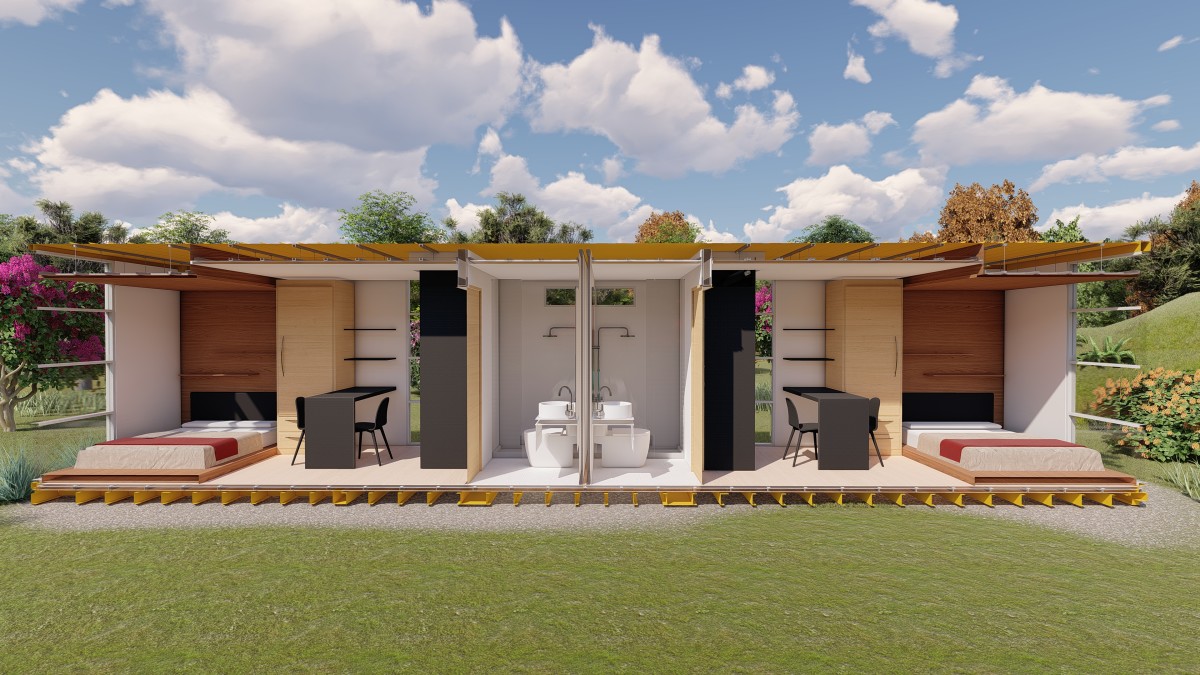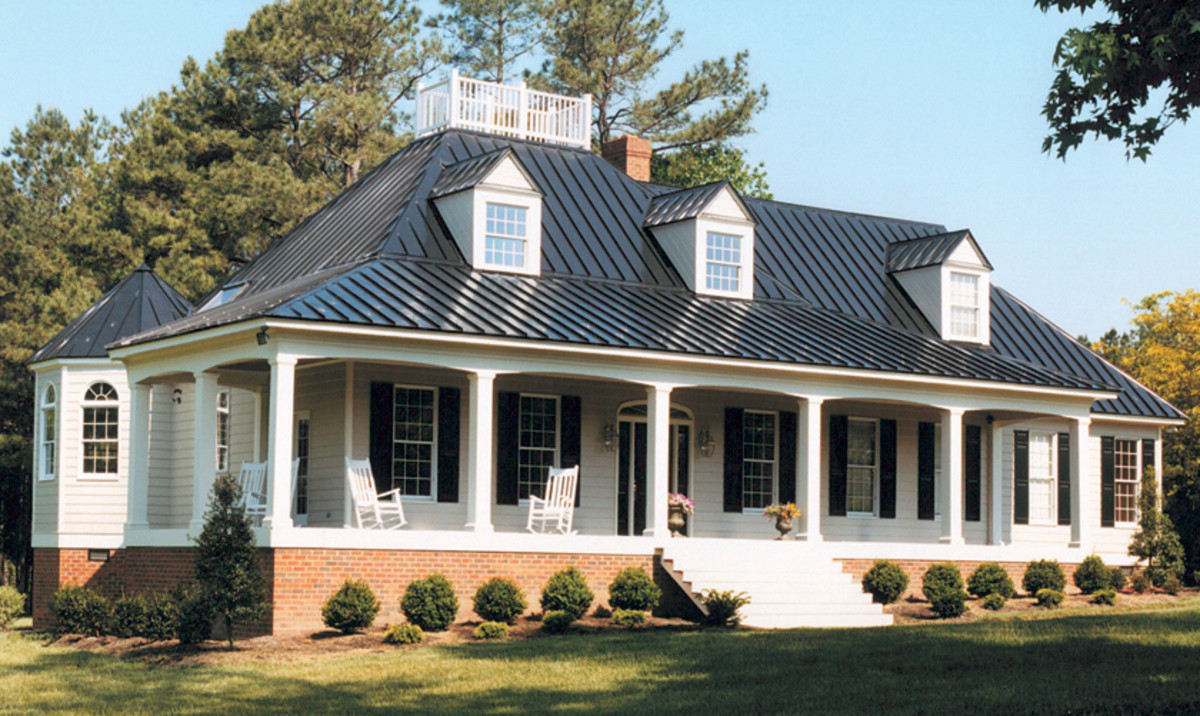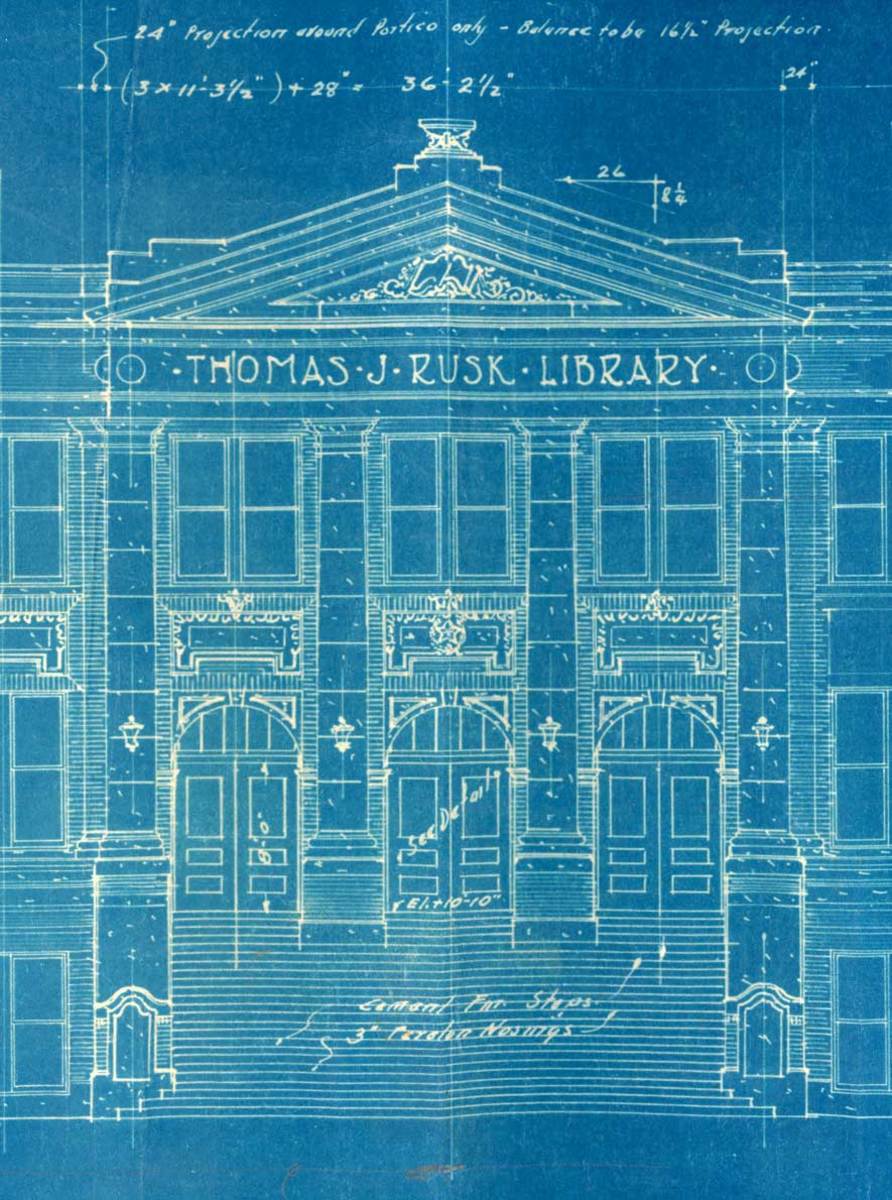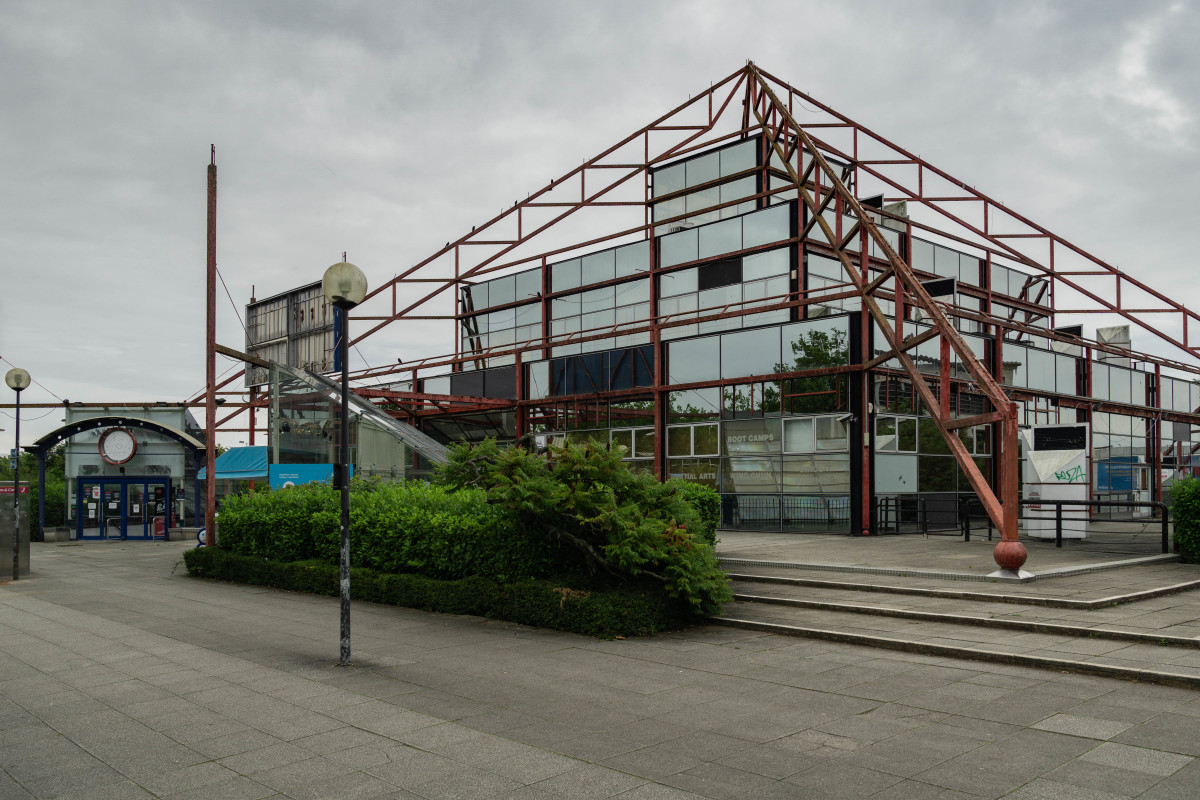Really Cool Roofing

Perhaps you have heard of the ‘urban heat island effect’ and how it exacerbates global warming. Let this architect explain the effect and what you can do about it by pursuing really cool roofing!
The vast majority of the world’s roofs — on factories, stores, shops, malls, apartment buildings, condos, hotels, motels, industrial buildings, office buildings, service stations, schools, universities, and, yes, even single-family homes — are either flat or of very low slope. And, over the past 100 years or more, a great many of those roofs have typically been finished on their topmost surface with a dark material, either an asphaltic-base material or some type of medium-to-dark shingle, panel or tile. As a result, much of the incident solar radiation striking those surfaces (at near-perpendicular angle in summer) is absorbed, raising internal temperatures. Such dark surfaces may in fact increase in temperature by 50 to 100 degrees Fahrenheit more than a bright light surface may under the same conditions. Those dark surfaces then re-radiate that stored heat as evening falls, creating a ‘heat island’ above the roof or building. The cumulative effect of hundreds of dark building roofs (and asphalted city streets and parking lots) often creates a vast urban heat island that hovers over a city, creating thermal inversion, contributing to smog and pollution, and endangering the health of its citizens.
To counteract this urban heat island effect, and to save the energy typically required to cool the buildings under such hot roofs, architects and builders have in recent decades shifted their focus to cooler roofs. It is now time for all citizens to embrace the concept of really cool roofs, to save energy, our air quality and the environment.
How does one create a cool roof? First, one must seek a really cool material. That material should not only be highly reflective (as, say, silvered or glossy bright white), but should be highly emissive, as well (that is, it should readily re-radiate any heat it does not reflect, rather than storing or delaying it to re-radiate later). And, that material should perform well across the entire spectrum of solar radiation, both visible and invisible (infrared and ultraviolet wavelengths). Such cool materials reduce a building’s heat gain from the sun, thereby lessening the structure’s cooling load and thereby its energy bills. They also reduce the heat island effect. And, because they keep any insulation immediately beneath the cool roof layer in the lower temperature ranges where it is typically more effective, they may also reduce the amount of insulation required, driving down building costs. Furthermore, by keeping greater amounts of destructive heat out of the entire roof assembly, a cool roof layer will increase that assembly’s overall durability and service life, further reducing the building’s life-cycle cost.
In seeking a really cool roof, one must examine albedo, and emittance. Albedo is a measure of a material’s ability to reflect radiation, with a 0 value being a totally absorptive surface (perhaps black velvet) and a 1 value being a totally reflective value (a perfect mirror). Emittance is the measure of material’s ability to release any absorbed heat, and also ranges from a low of 0 (low-performing) to a maximum of 1 (high performing). In the design and construction trades, a sometimes more easily understood and communicated standard is a material’s Solar Reflectance Index (SRI), which combines albedo and emittance into a single figure, as the material’s performance in sunlight. The SRI ranges from a low of 0 to a high of 100 (just like high-school grades). Thus, a basic dark black surface would have an SRI of 0 (low-performing) and a basic bright white surface would have an SRI of 100 (high-performing). However (unlike high school), it is possible for some materials to score higher than 100; all they have to do is be more reflective — shinier — than a simple matte white surface. So, many of the tin or galvanized sheet metal roofs one might encounter in the South may have SRIs well above 100.
There are several primary means by which one can achieve a really cool roof. One method — having nothing to do with black or white, matte or shiny — is a green roof, a roof planted with sedums, grasses, flowers, shrubs and trees. Rather than even worry about albedo or emittance or SRI, such a roof simply makes use of all the incident solar radiation to grow plants. It further insulates and buffers the building below with plant mass, soil medium, moisture and shade, while helping to purify the air and harbor indigenous wildlife, birds and insects.
A second means of achieving a really cool roof is by applying a light-colored, reflective coating, sealant or paint to an existing roof surface. This is usually a shorter-term fix applied to older, existing buildings, and may not be feasible on some roofs due to their materials, slopes, configuration or details.
The third means of achieving a really cool roof is that used most often in new construction: a highly reflective light or white surface, typically a single-ply membrane of vinyl or PVC, installed as the topmost roof surface. Such roofs can provide an SRI in the range of 105 or so, by reflecting more than 3/4ths of all solar radiation, and by rapidly emitting virtually all of the rest. There are many reputable national manufacturers of complete cool roof systems, including reflective membrane and insulation, with all required accessories, attachments and trims.
The State of California has just put into effect one of the nation’s leading bits of cool roof legislation. Under its newly enacted Title 24, roofs in that state must now meet standards of coolness (and we used to think all it took was a drop-top Caddy and a pair of Wayfarers!). And, as with all such sophisticated matters of life today, there is an independent testing and rating agency that examines cool roofs, The Cool Roof Rating Council (CRRC), in addition to the EPA’s Energy Star program. Cool roof credits can accrue to a building under the LEED program as well.
More great stuff at rickzworld.








